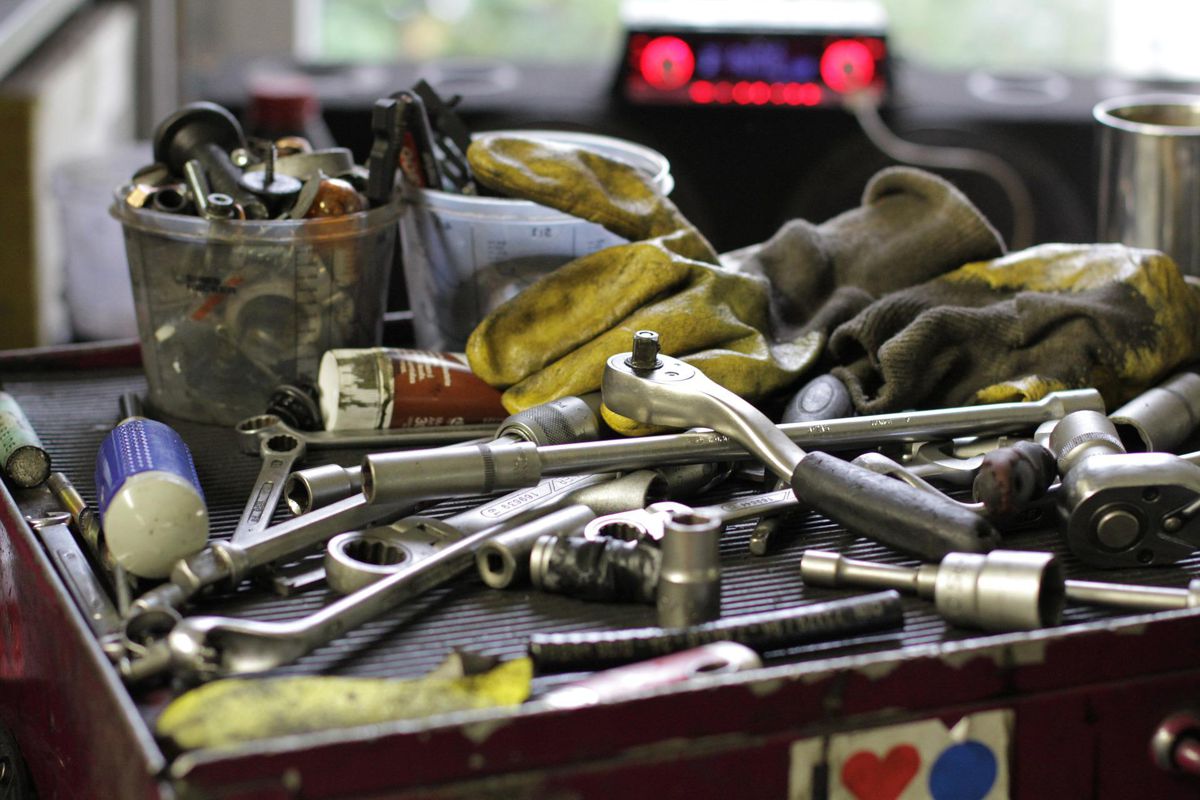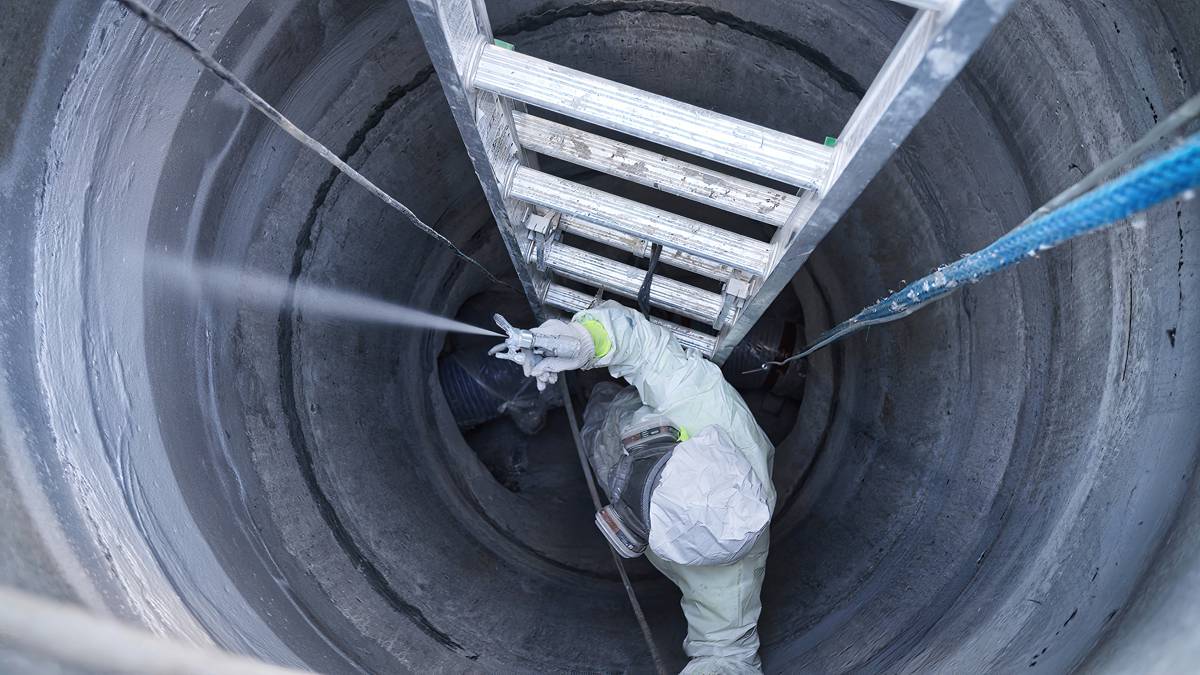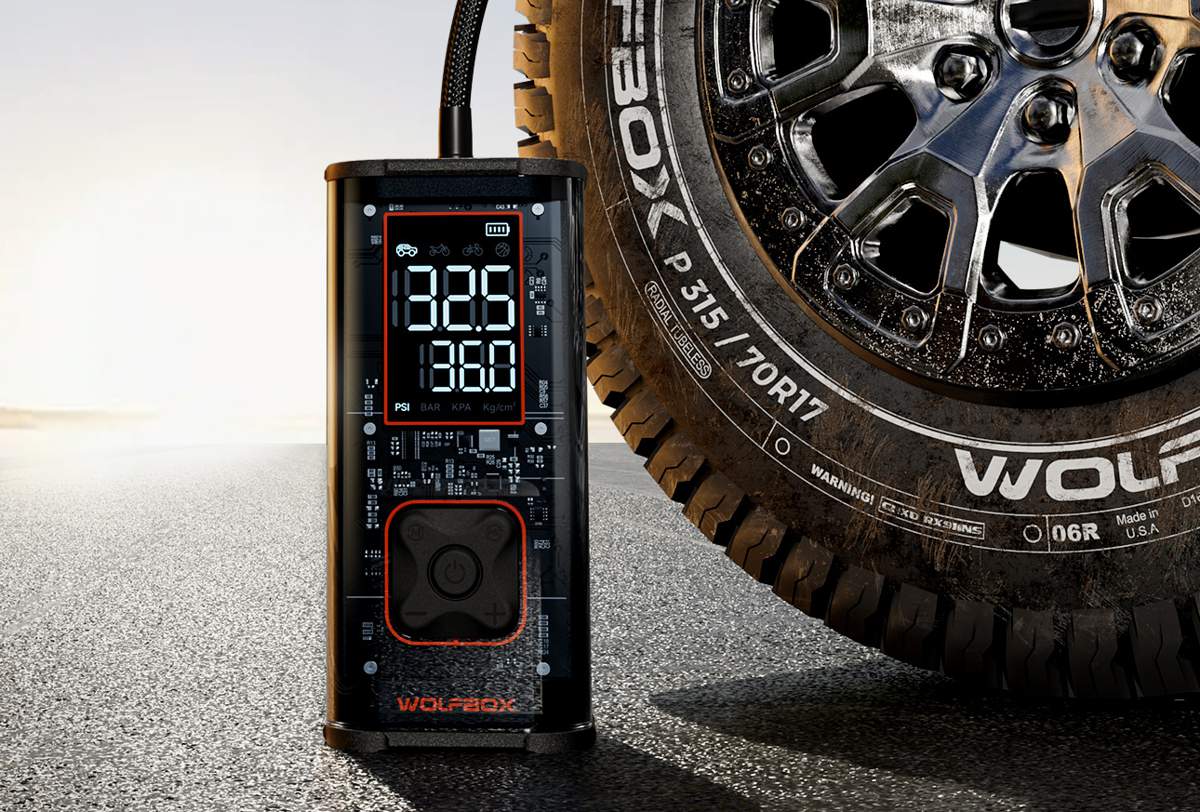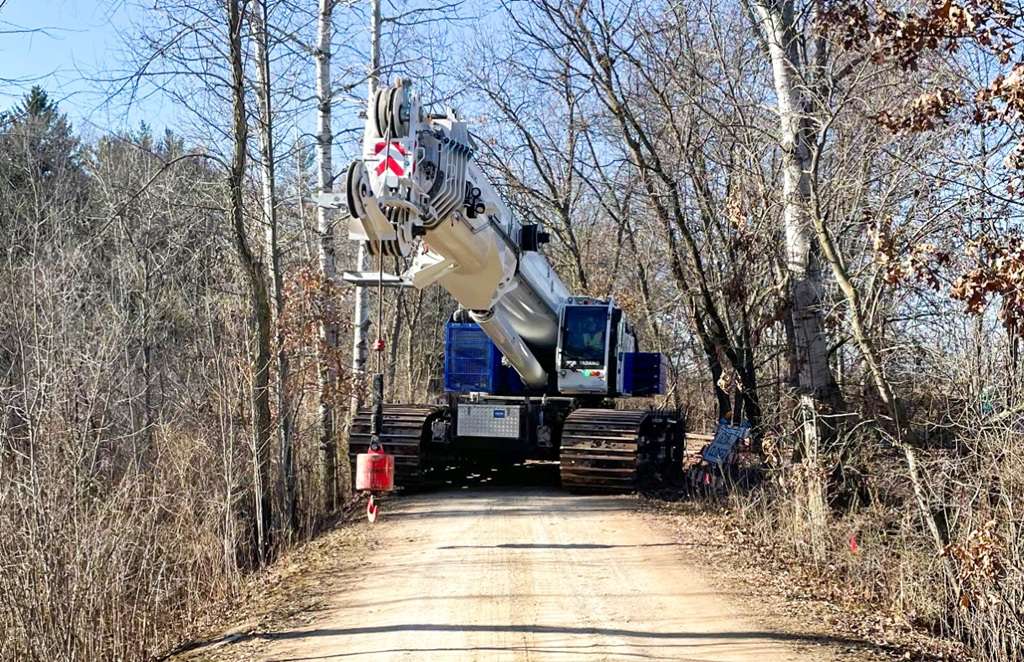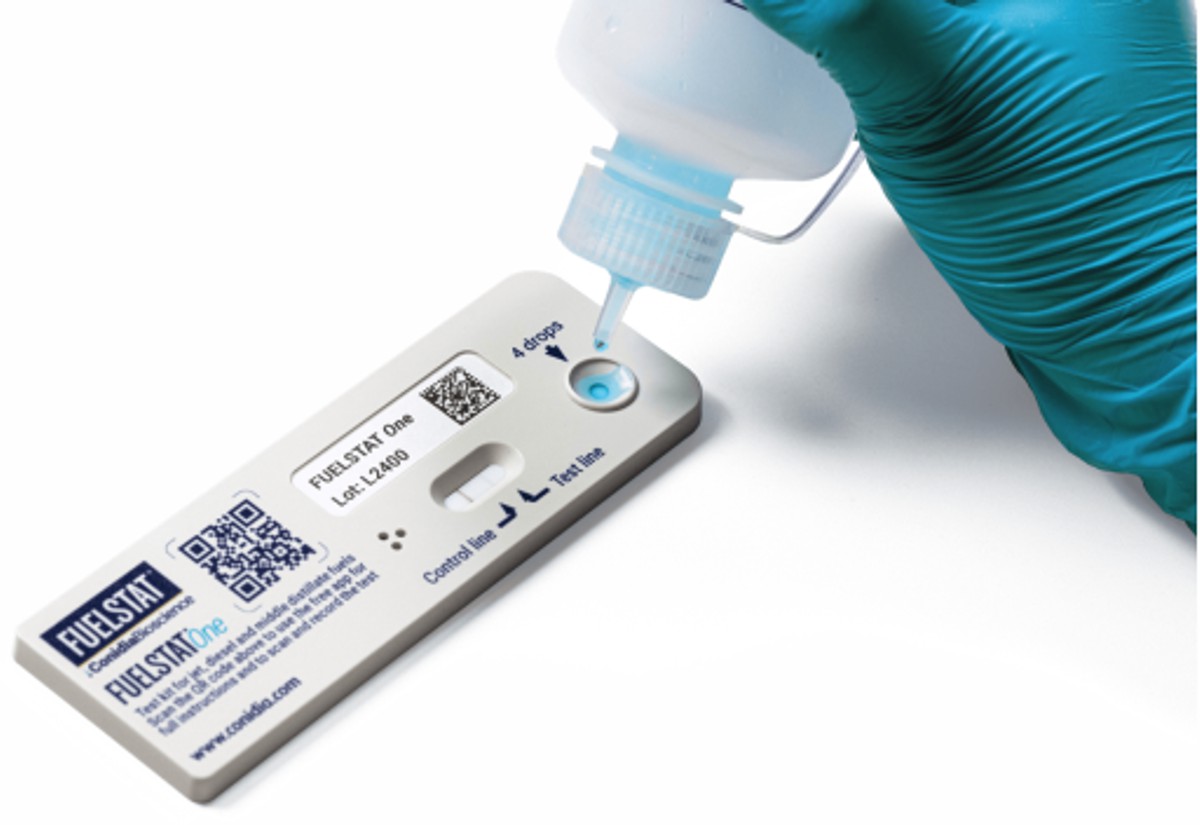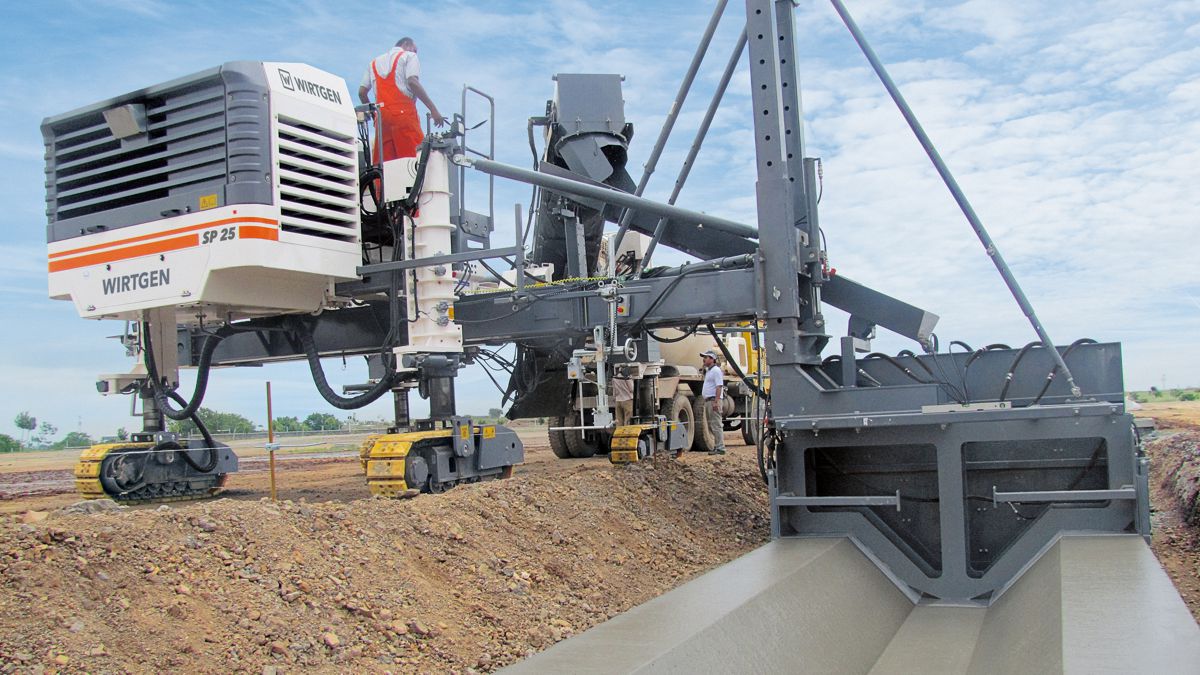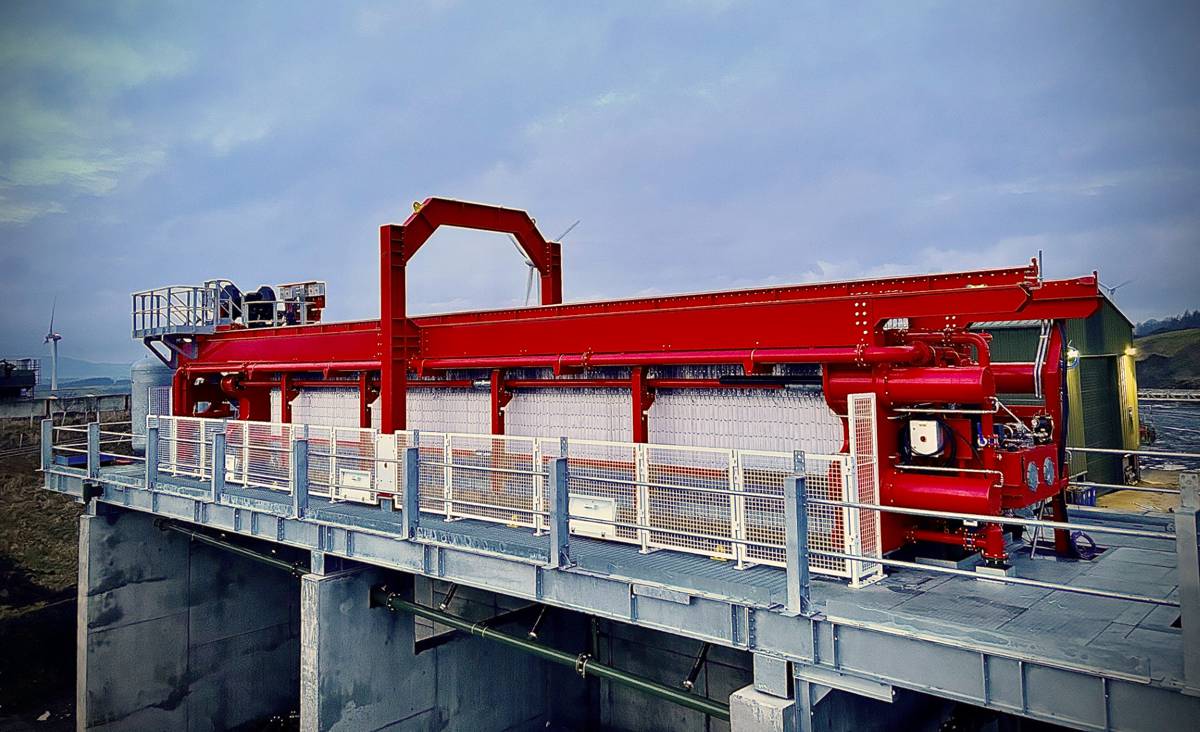Your checklist for servicing your vehicles yourself
The cost of living is continuing to rise rapidly in the UK and businesses are tightening their purse-strings to scrimp and save wherever possible. While there are plenty of ways to slash costs, many of these methods mean cutting the things we enjoy out of our lives.
Shunning Netflix and Deliveroo is all well and good but chances are that many people would prefer to keep those little luxuries and look for other ways to splash less cash.
Like filing taxes or visiting the dentist, vehicle servicing is a necessary evil on which every vehicle owner needs to keep on top. However, paying for a professional service doesn’t come cheap.
Furthermore, a service often leads to learning that your vehicle needs replacement parts or repair work, and you may even need an alternative to a bad-credit loan to ease the financial burden. The good news? When carried out safely and correctly, you can service your vehicles yourself and significantly reduce maintenance costs.
Here, we outline a checklist for servicing your vehicle yourself.
Tools for servicing
You’ll need to have the right tools on hand to conduct your service safely and accurately. Ensure that you have a basic set of spanners, a socket set (with a spark plug removal socket), a car jack and some axle stands, a torque wrench, a funnel, an oil filter remover, an oil drain tray or a bucket, and nitrile gloves.

Change the oil
Changing the oil in your vehicle will help to clear away any dirt or sludge that’s built up in the engine. This will enable the engine to run more efficiently, ensure that your vehicle moves smoothly and even extend the lifespan of your engine.
Your engine will produce a lot of heat when your vehicle is running efficiently and this can increase the risk of the engine overheating, which can cause a multitude of problems. Changing the oil in your vehicle will guarantee that the engine has enough lubrication to prevent it from drying out.
When changing your oil, it’s important to remember that engine oil is classed as hazardous waste and must be disposed of responsibly.

Check the tyres
Monitoring your vehicle’s tyre pressure is crucial, as incorrect tyre pressure can affect performance and increase the risk of you losing control on the road and causing an accident.
You must also check the tread depth of your tyres to ensure that they meet tyre laws (1.6mm across the central three quarters of the tyre).

Assess fluid levels
Along with engine oil, you’ll also need to check the levels of other fluids in your vehicle including brake fluid, engine coolant, screen wash and power steering fluid.
Any fluids which appear to be running low must be topped up, to ensure that your vehicle is safe to drive and runs effectively.



